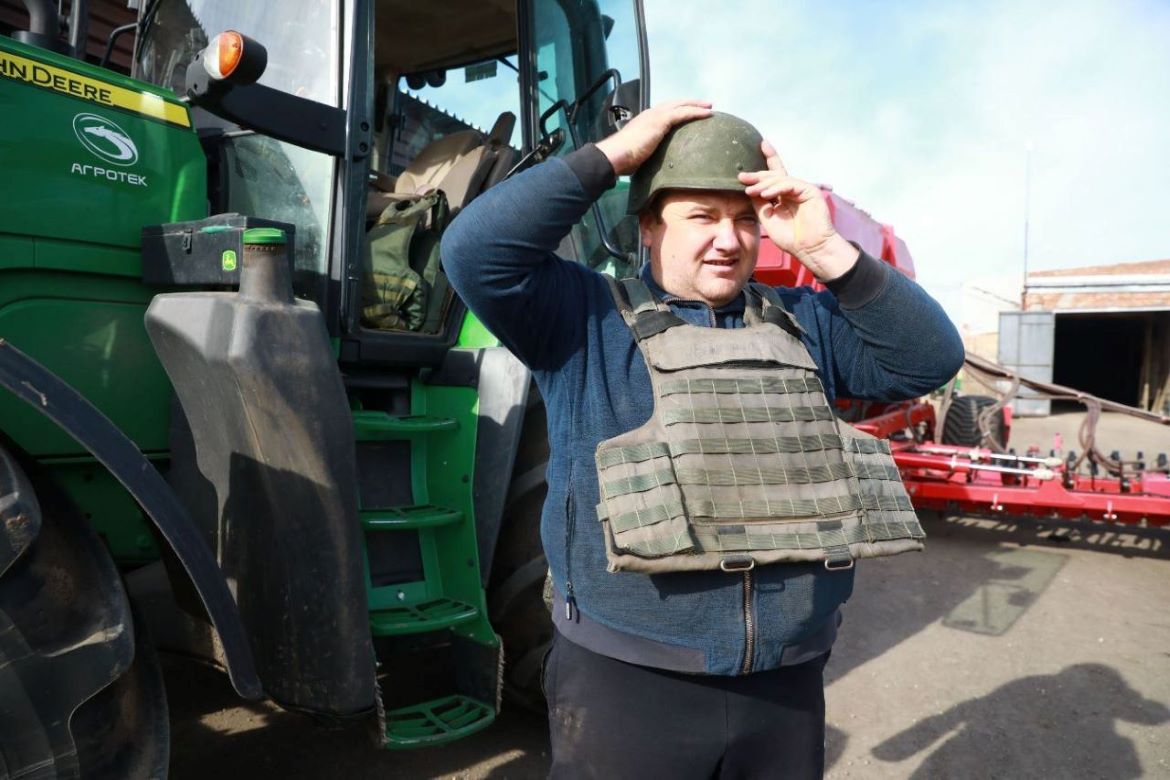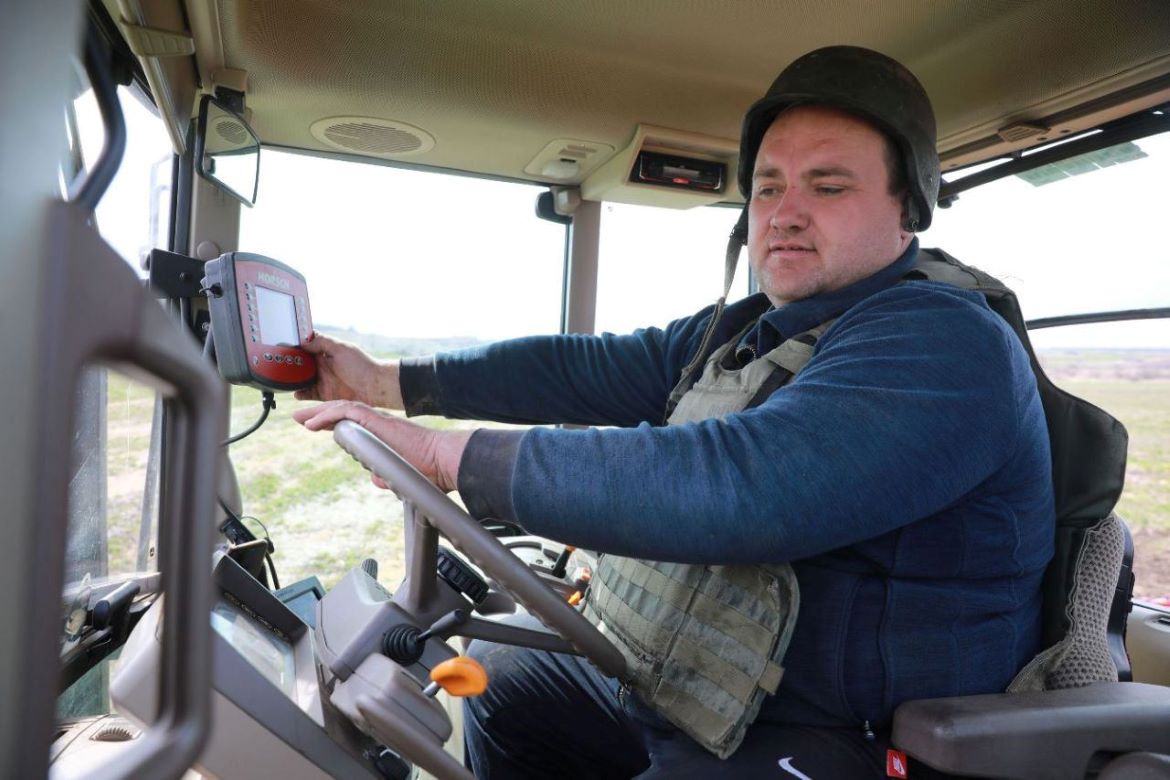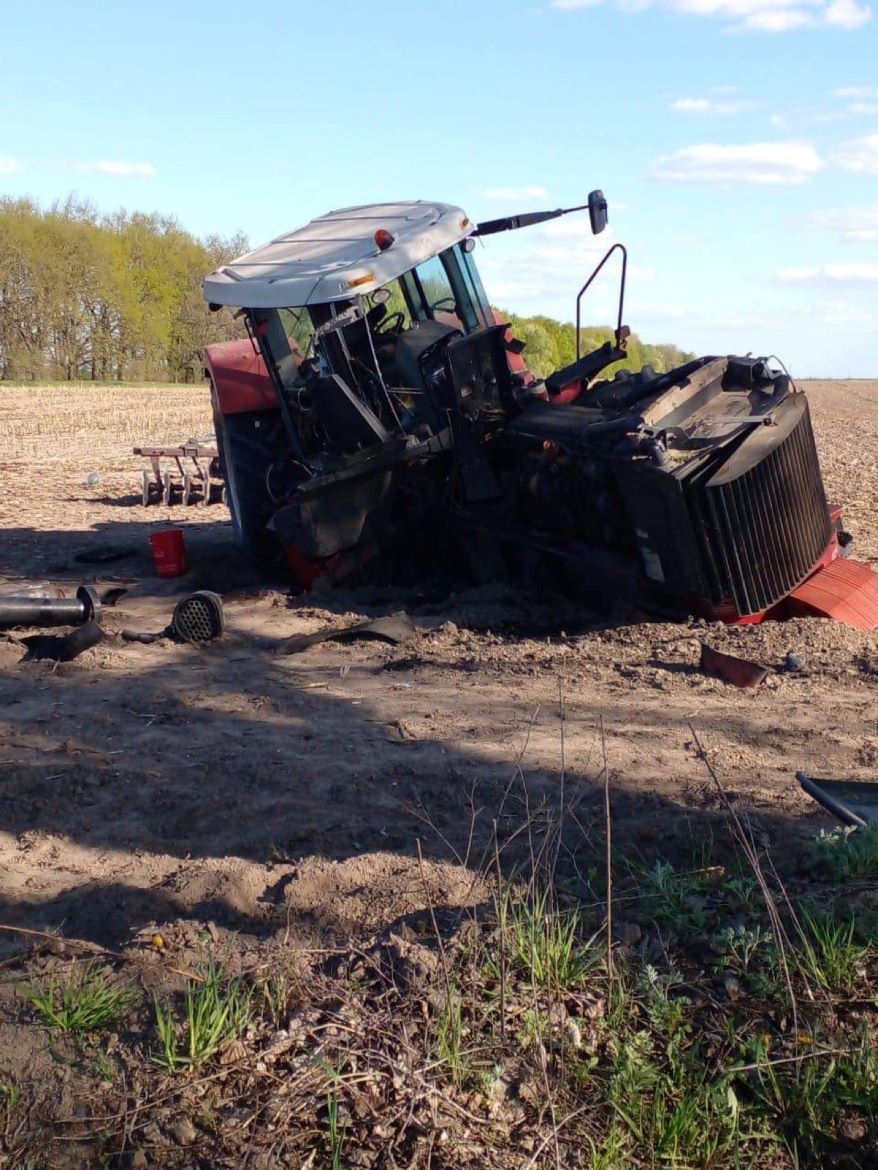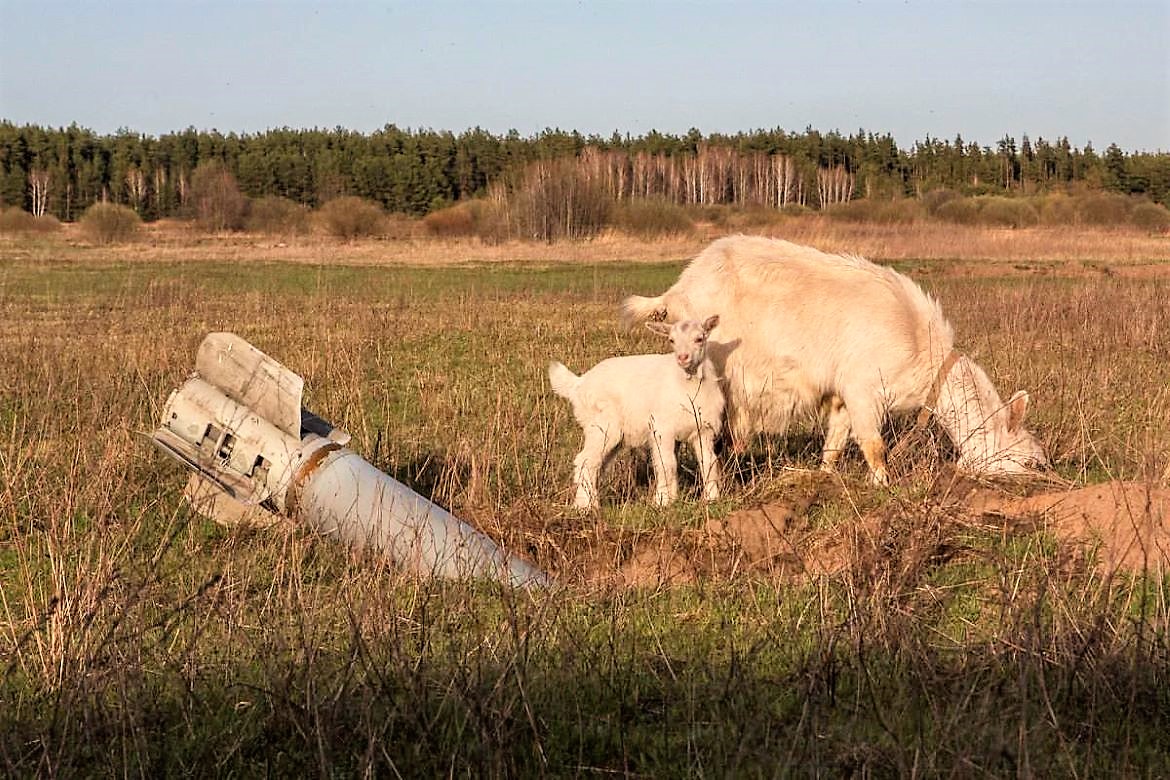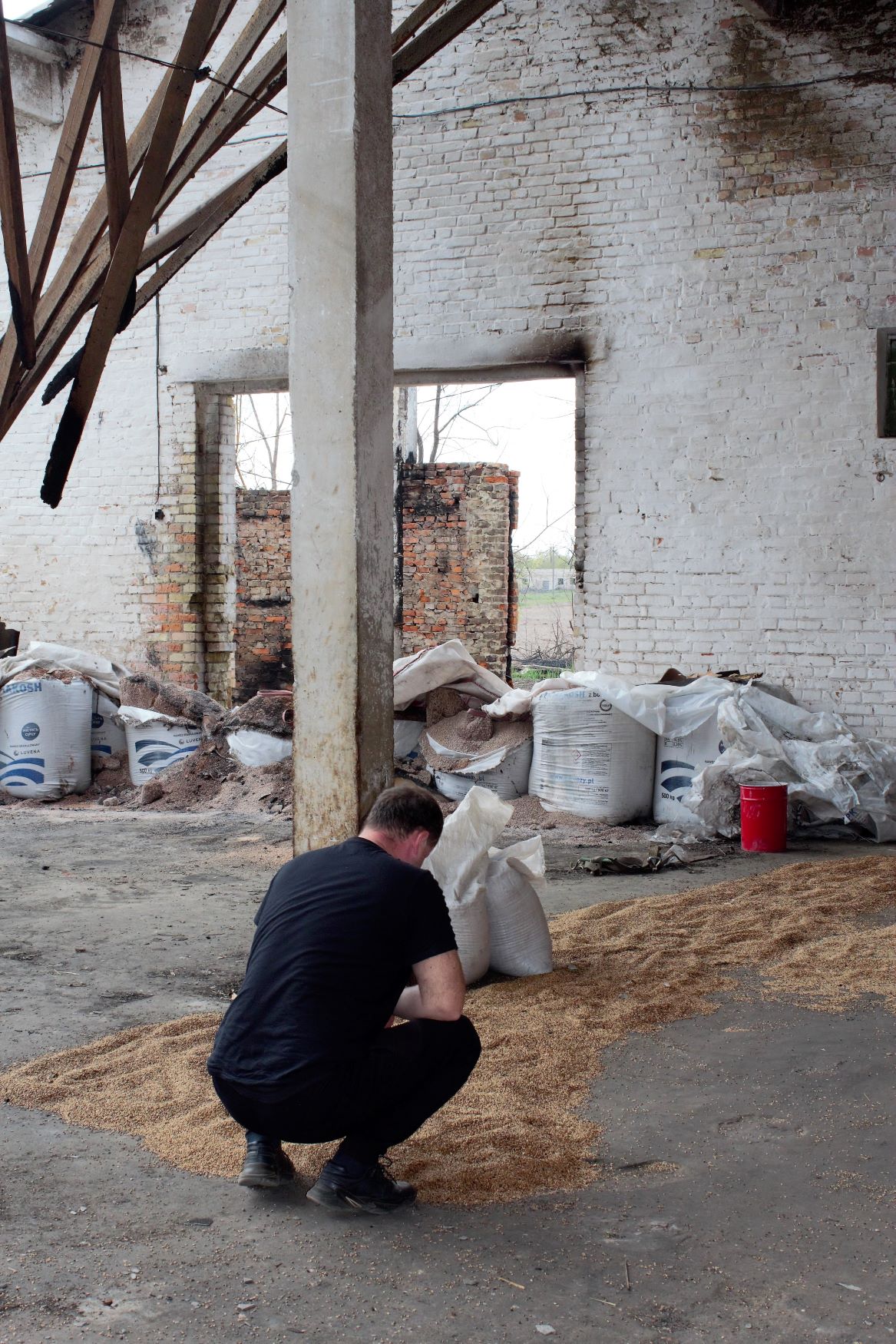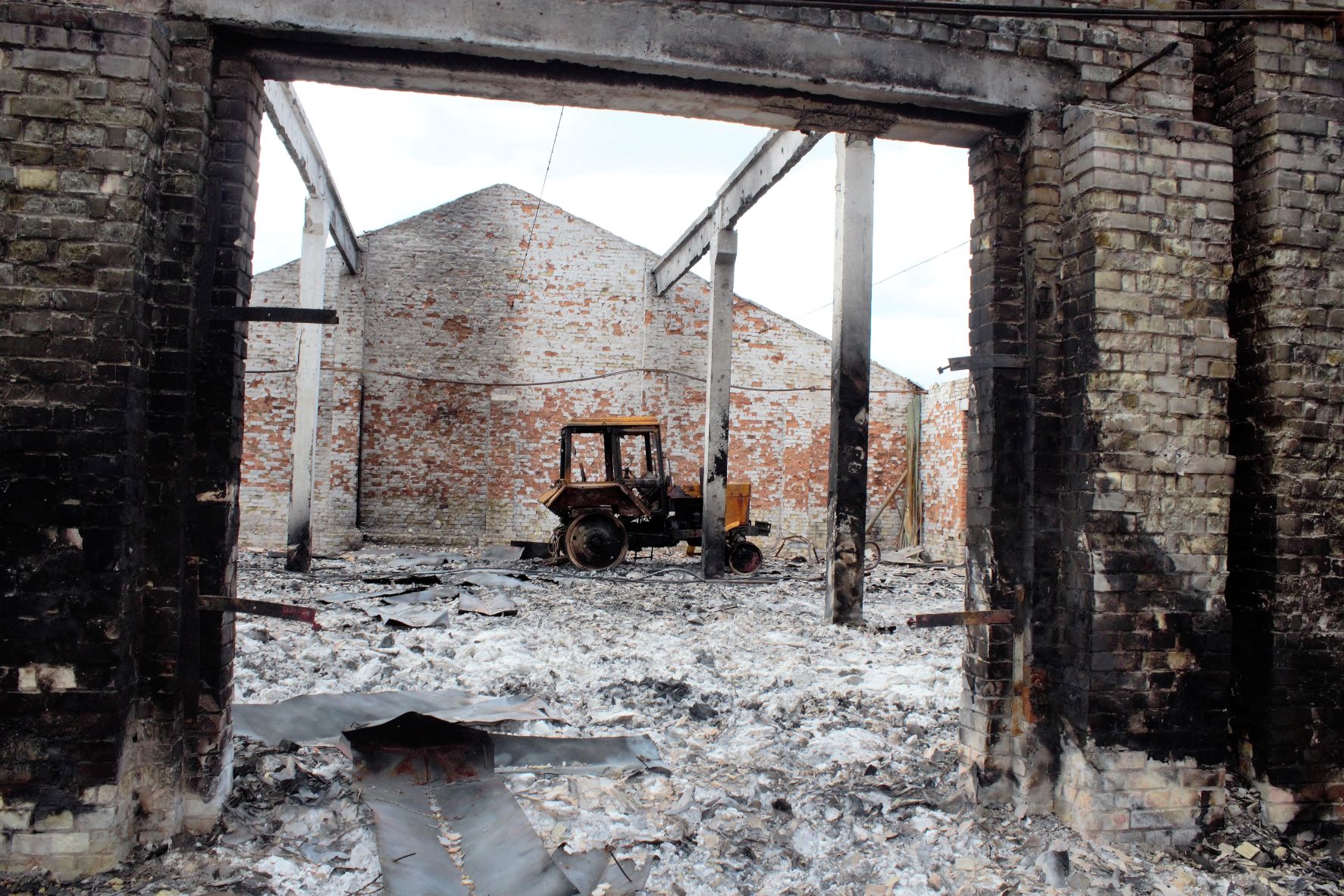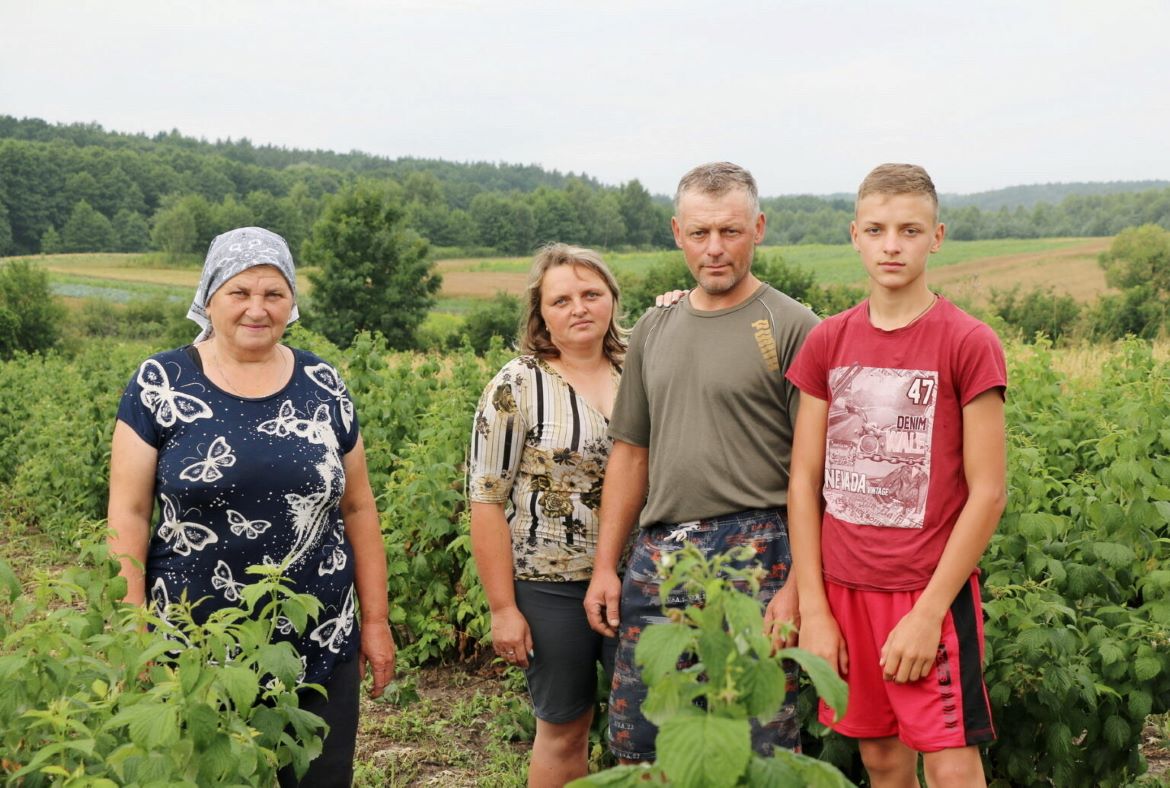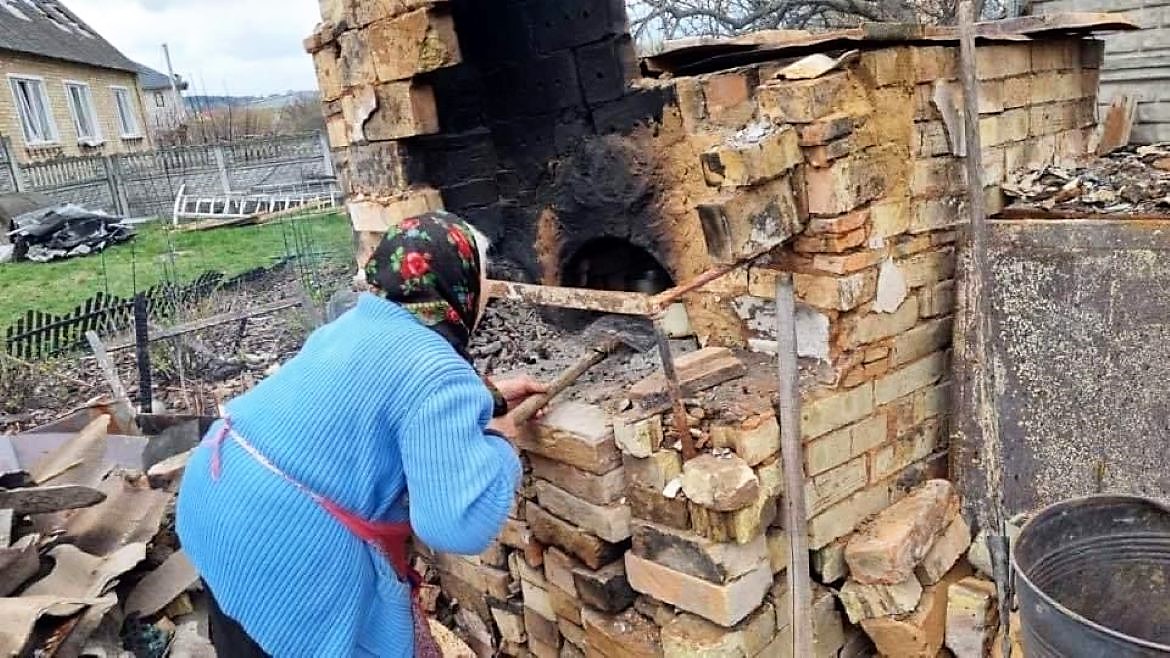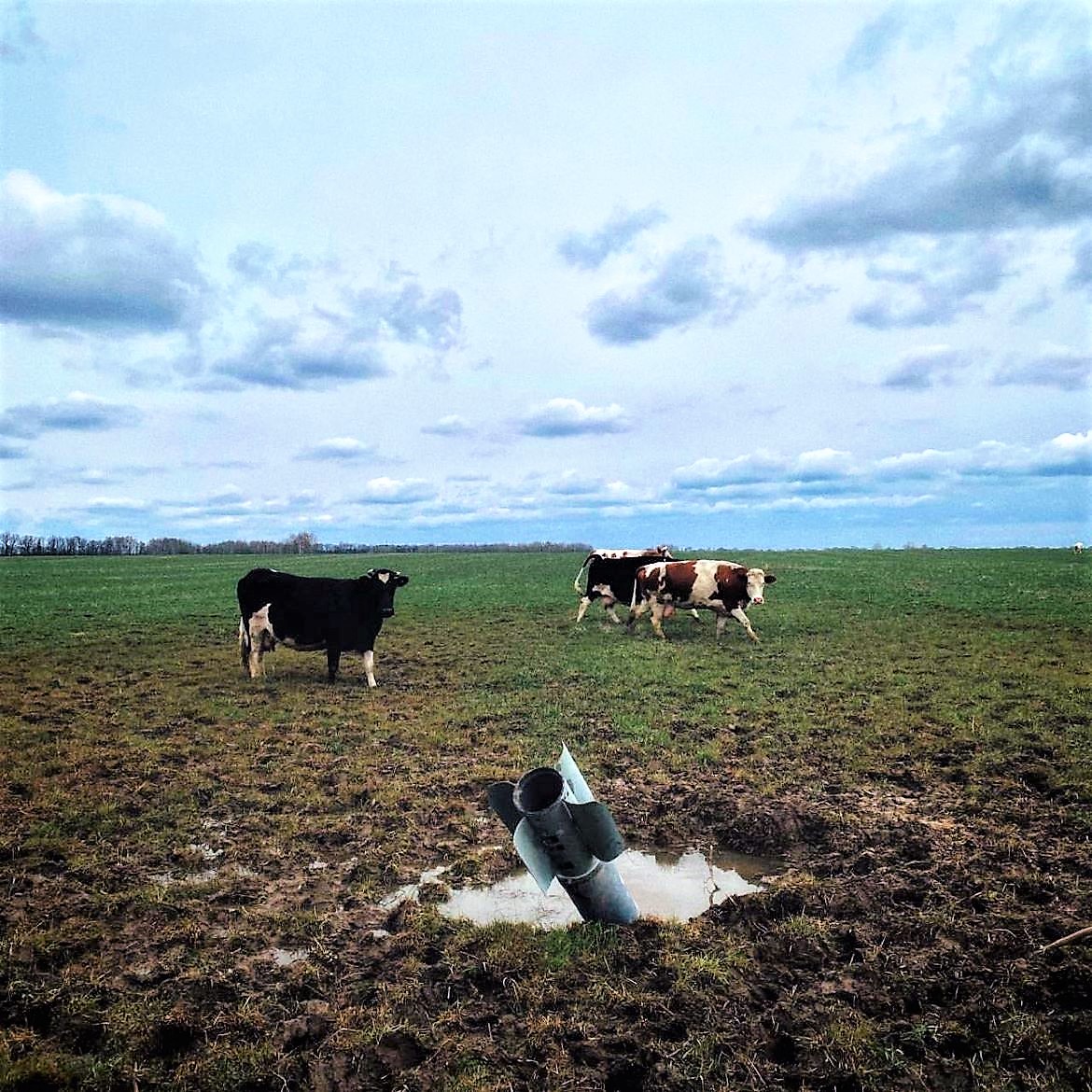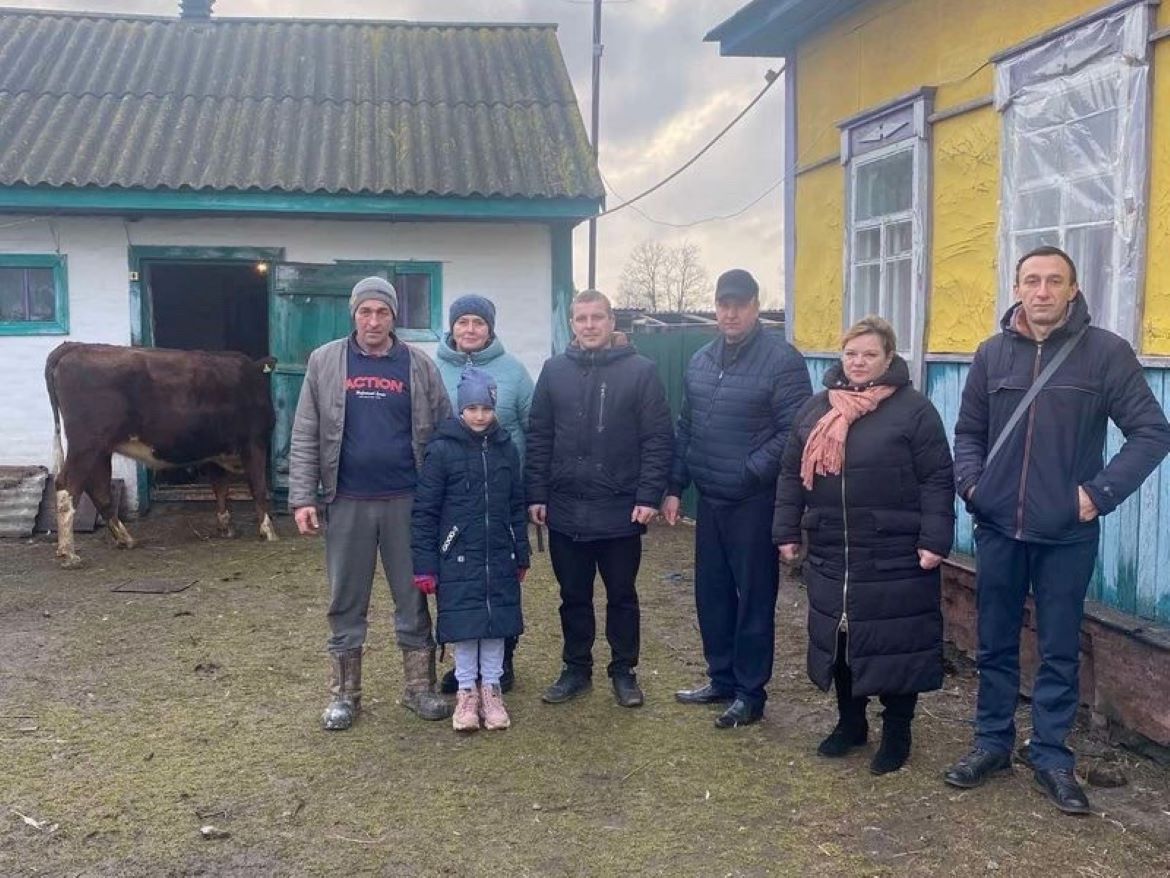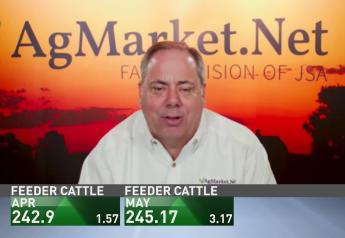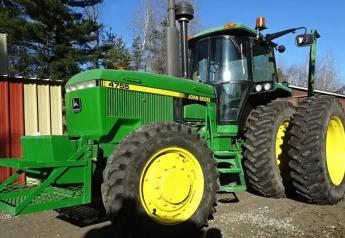Ukrainian Farmers Dodge Landmines and Rockets as World's Farmers Offer Help
Destruction and devastation litter the Ukrainian countryside. Farms have turned into battlegrounds as Russia's invasion of Ukraine stretches into another month.
“I was supposed to be flying out from Kiev’s Boryspil Airport on the day of the attack at 9 a.m. with a group of Ukrainian farmers to Costa Rica,” recounts Roman Grynyshyn.
Grynyshyn had a career giving agricultural tours in Ukraine and around the world. That changed in an instant. After getting family, including his own children to safety, he’s now focused on raising awareness and support for his farmer friends back home.
(Watch the full story including photos and video from Ukraine as seen on AgDay TV)
“The first farmer who ever traveled with me is in Kherson Oblast, and I knew he was captured by Russian military about a week ago, and I didn't hear anything from him,” Grynyshyn says. “He [finally] answered me, saying ‘Roman, I cannot talk long, and you understand why. I am safe. We are trying to work.’”
Doing the work of farming has been difficult in places. Grynyshyn says agriculture infrastructure, equipment and even fields have been targeted.
“The territories that were under occupation but got freed up have a huge risk of landmines,” Grynyshyn says.
Landmines and munitions (military weapons, ammunition and equipment) now litter fields. Farmers working those fields are wearing flak jackets and helmets.
“The farmer goes into the field wearing a bulletproof vest and helmet in the tractor knowing there might be a mine, but he's still going and planting. Why? Because he knows he needs to pay the landholders,” Grynyshyn says. “He has to pay this money for the rental of the land because they will also depend upon him.”
Support for these farmers is coming from all over the world. Canadian-based Ag Growth International (AGI) does business in Ukraine.
“I think there's this thing about the ag community looking out for the ag community,” says David Postill, senior vice president of marketing and customer experience at AGI. “When we started in western Canada, the first international market we started to sell to was Ukraine.”
The global agricultural bin and infrastructure company still has employees in the region.
“They came to us and they said: ‘Hey, we’ve got an idea with some of our customers and our employees. We can provide last-mile logistics, but we can’t really buy medical goods. Can you guys at the head office help us with that?’” Postill explains.
Leadership agreed, and the company partnered with Mohawk Medbuy Corporation, a not-for-profit procurement expert that supports government health care purchasing, and St. Michael's Hospital Foundation, a registered charity, to receive and process donations. The trio has since been raising money and sending medical supplies to Ukraine. They say it’s just what agriculture does in times of need.
“Your fields are flooded and you’re about to lose your barn or your house, somebody comes and helps,” Postill says. “There’s just no fuss about that and it’s very true to what’s happening on this project.”
While the fighting in Ukraine may be isolated, the impacts are global.
“The next phase of this problem in Ukraine, if you ask me, affects the whole world,” Postill says. “Farmers and some of our commercial customers had their silos bombed and wheat spilled everywhere. The whole food supply chain is being destroyed.”
In a typical year, Ukraine is estimated to help feed 400 million people around the world. While it may be a major exporter, today its future rests in the hands of those still at home.
“At least 56% of the Ukrainians own farmland [ranging in size] from one hectare to more,” Grynyshyn says.
The smallholder farms remain a vital part of the ag industry. For instance, he says those farms ranging from two to 500 acres produce at least 30% of the crops and up to half of all the livestock-related products.
Small farmers grow 90% of the potatoes, 60% of the milk and nearly half of the small grains. Grynyshyn says the smallholder farmers will be the ones who provide the food when villagers return to rebuild. Knowing they’ll be the least likely to get loans or support is also why he's trying to raise money and awareness in other countries.
“They are actually the second battlefield, the farmers,” he says. “First is the military, and these people are the second. They will be the ones to whom we will come next month and ask to give us something to eat.”
Food: Essential to sustaining life and ultimately the key to rebuilding Ukraine’s future.
To learn more about what these organizations are doing, visit:
World to Rebuild Rural Ukraine: https://wrru.org
![]()
AGI's #StepUp4Ukraine: https://aggrowth.com/stepup4ukraine



